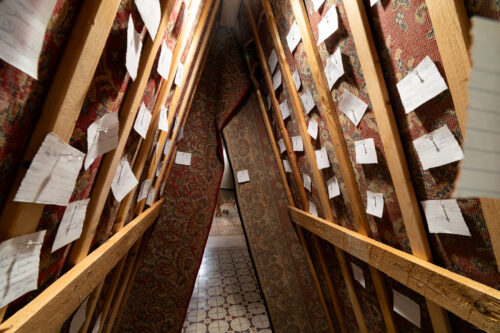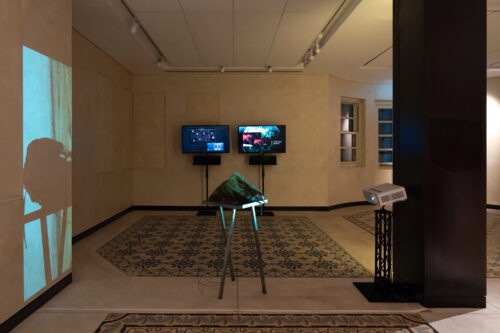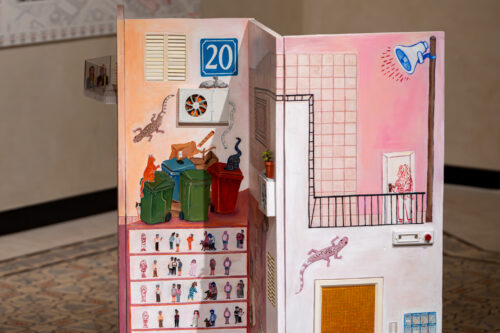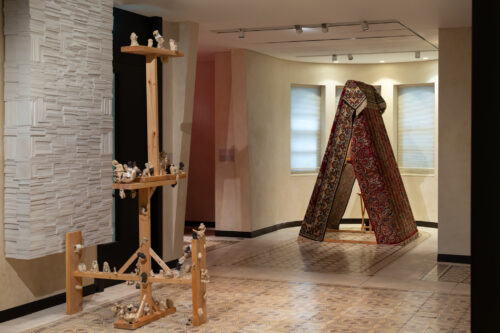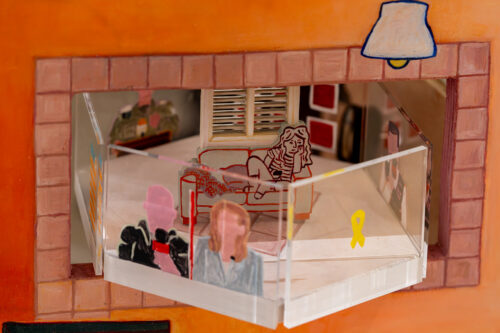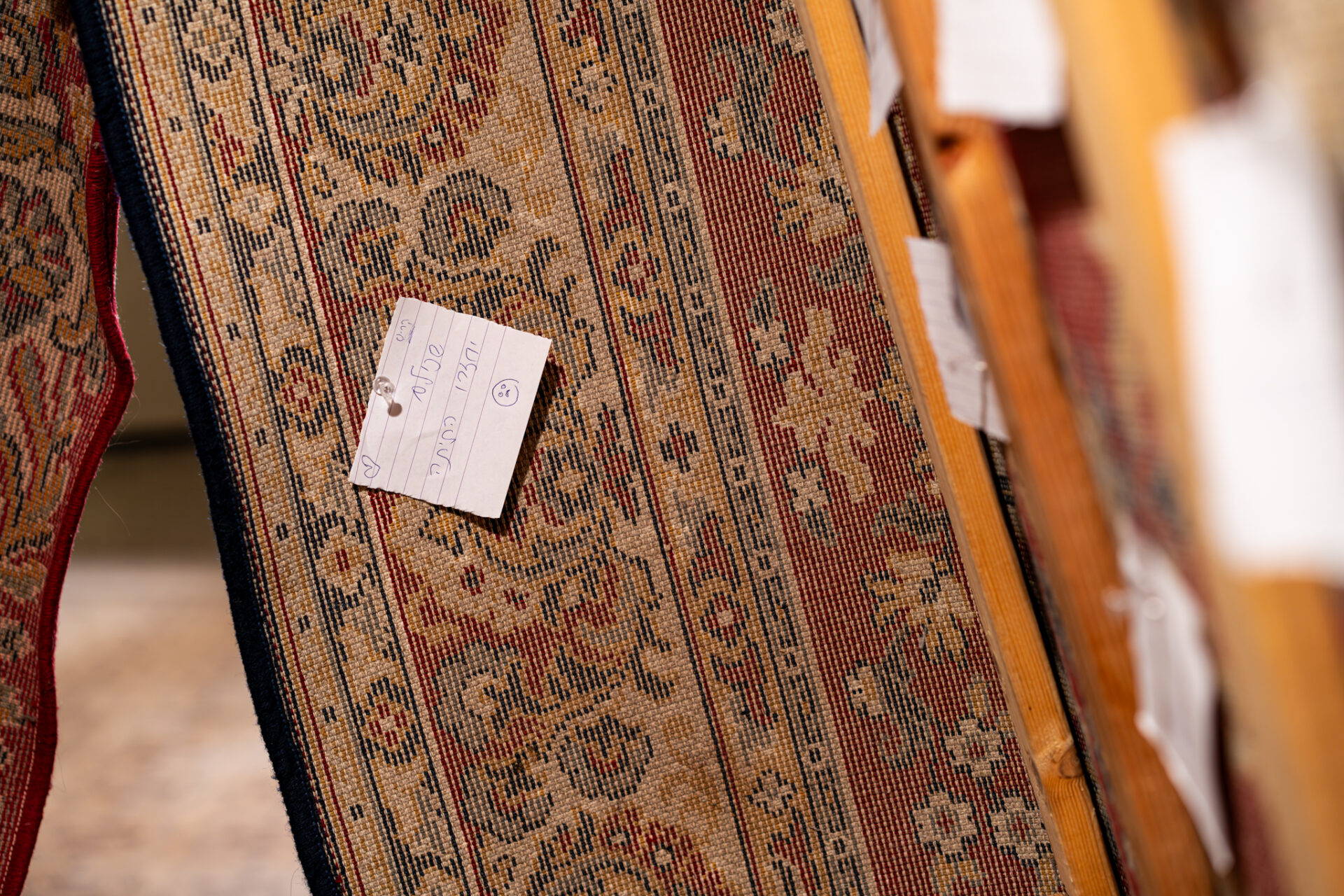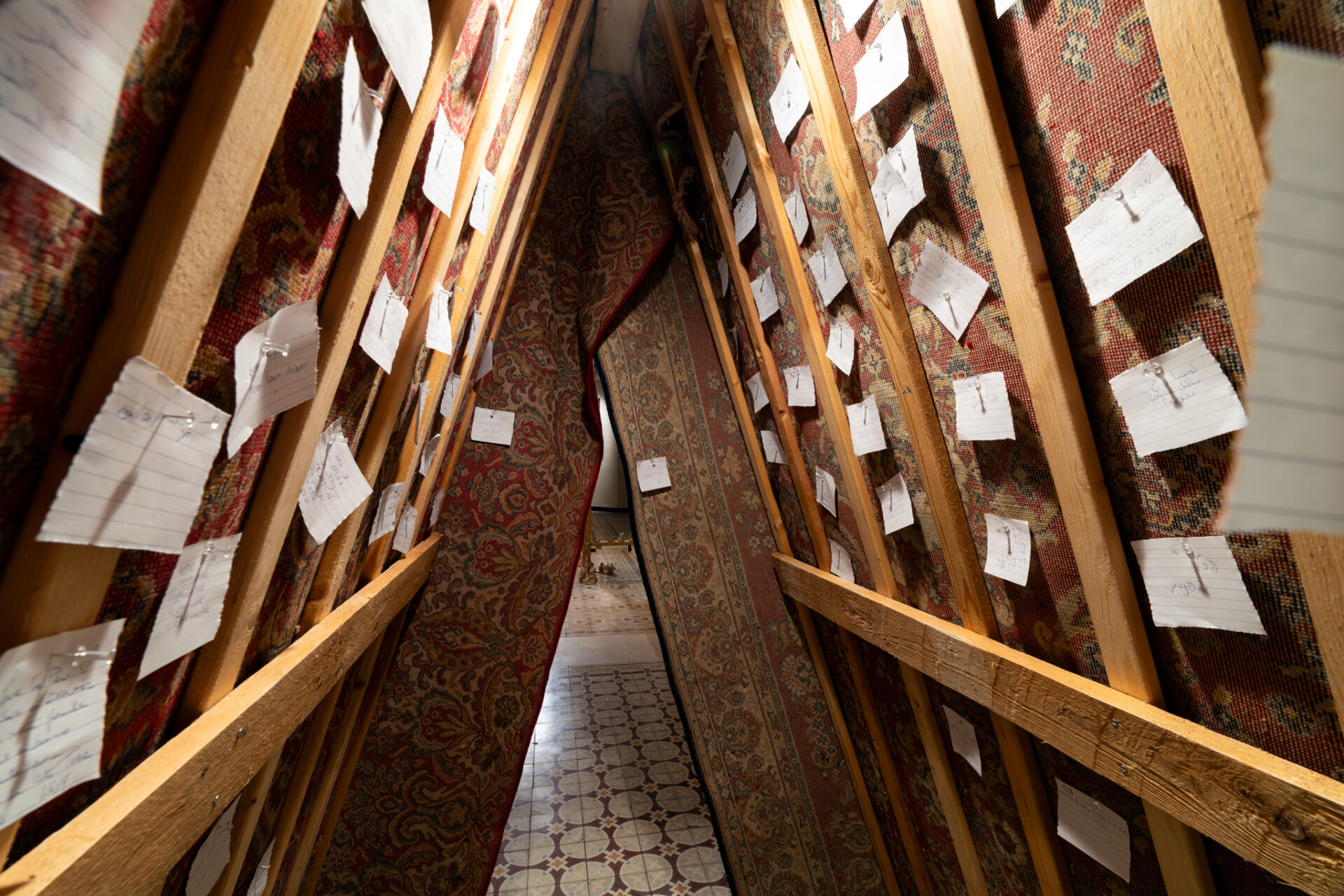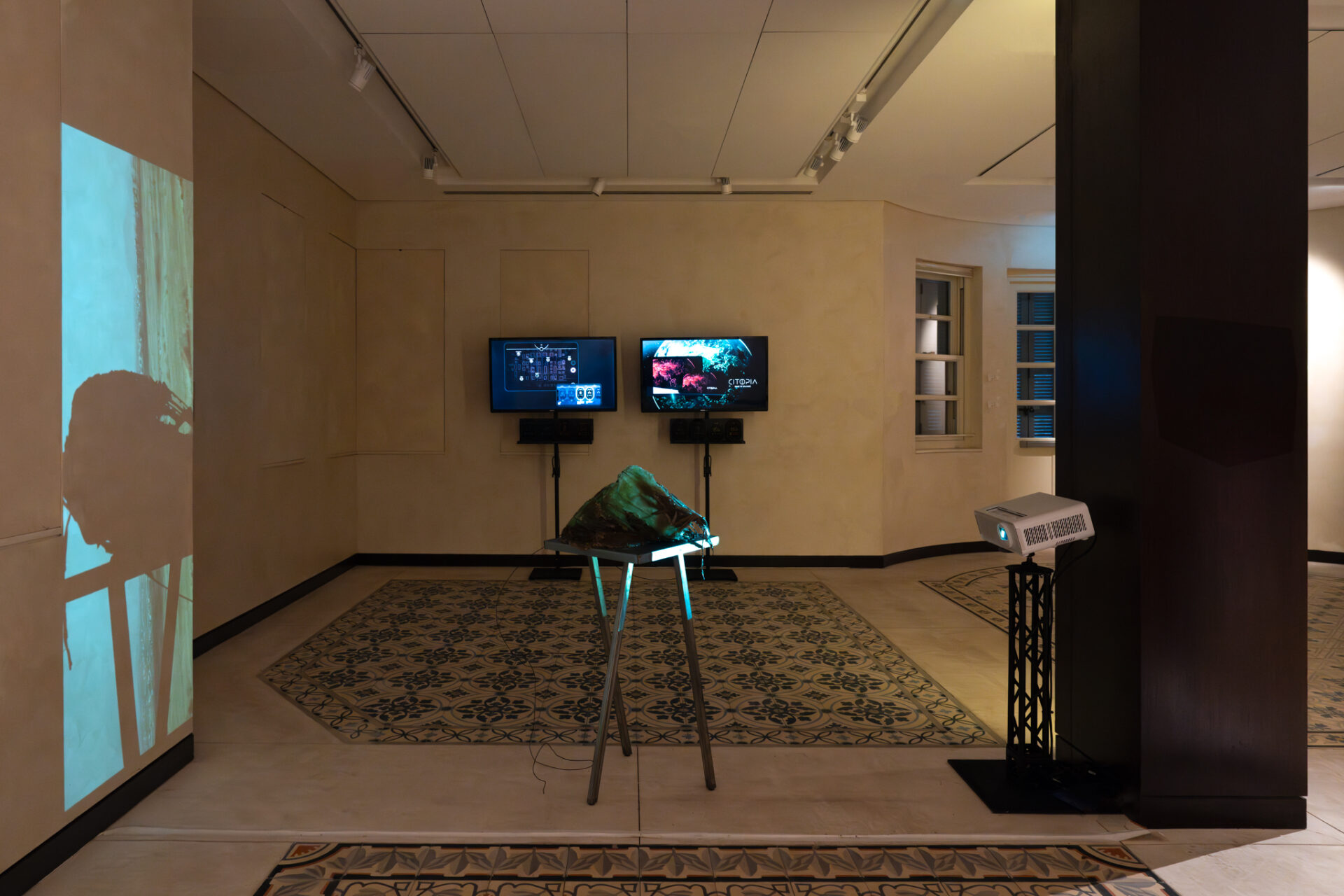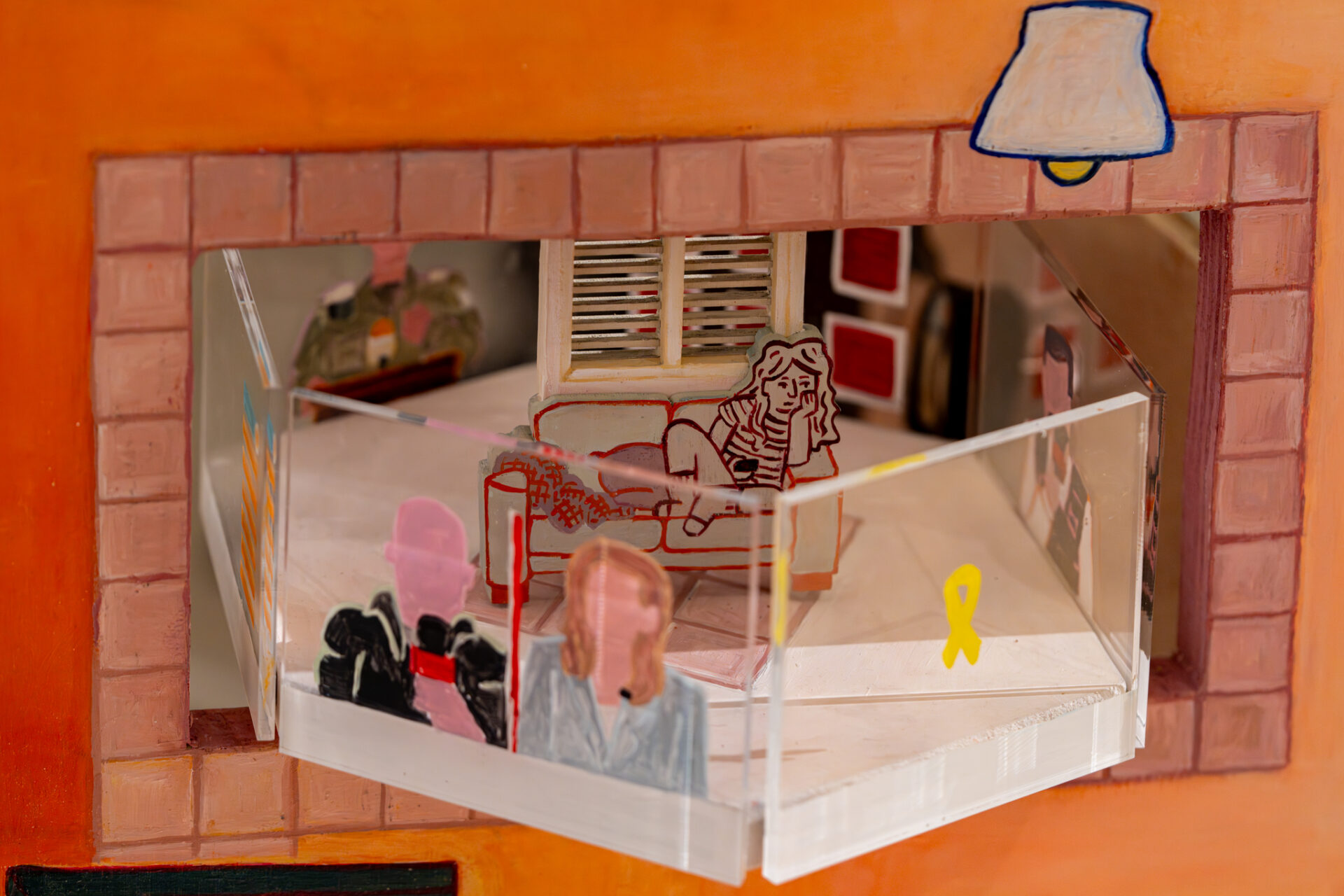The urban space is a haven; not only in the sense of a physical shelter, but mainly as a conceptual one. More than the buildings, roads and other means of protection it offers, what ties us to the city is the human fabric, the spirit, the ecosystem.
We had decided on the title of the exhibition, City Haven, almost a year ago, long before anyone ever thought shelter would once more become an existential issue. The idea arose last winter, with the beginning of the protest period, which compelled many of us take a fresh look at the way of life the city affords us, and realize that it is not something to be taken for granted.
Since then, several (a multitude of) things have happened, yet the city has remained a refuge. The specific city of Tel Aviv-Jaffa has become a conceptual city, one that envelops those who live in it, protecting them in various ways from the outside world. In the Bible, a city of refuge was a place where someone who had accidentally committed manslaughter could seek asylum. In the 1980s, a song of the same name by Ehud Banai on his first album Ehud Banai and the Refugees (1987), added a new meaning to the term.
We are not naïve in thinking that the city is only a shelter, only envelops, only protects. More often than not, the city also encumbers life, and does so also in diverse ways. All the artists participating in the exhibition have a relationship with a city. They live in an urban space as opposed to a rural agricultural village or kibbutz; in a particular urban space as opposed to another; or have lived in the same urban space for their entire lives.
For us, the urban space is a haven. It creates a fabric of contemporary urban life in which we each find our place. It is the same fabric that spawned the protest for the preservation of a democratic and liberal existence; the same fabric that wraps us in a protective bubble—that, for many generations, was disparaged. However, over time we have come to realize it is our most vital asset, even if we do not possess a physical asset (in the sense of a piece of real estate—the city is in our hearts).
The Edmond de Rothschild Center is one of the few exhibition spaces located on a central axis in the urban space. Hundreds of people pass by it daily. In this sense too, it is an asset. Its beautiful façade, prominent in the urban fabric, is a focal point, attracting passers-by who, on entering, find their city of refuge inside it.






